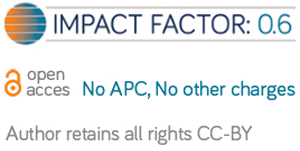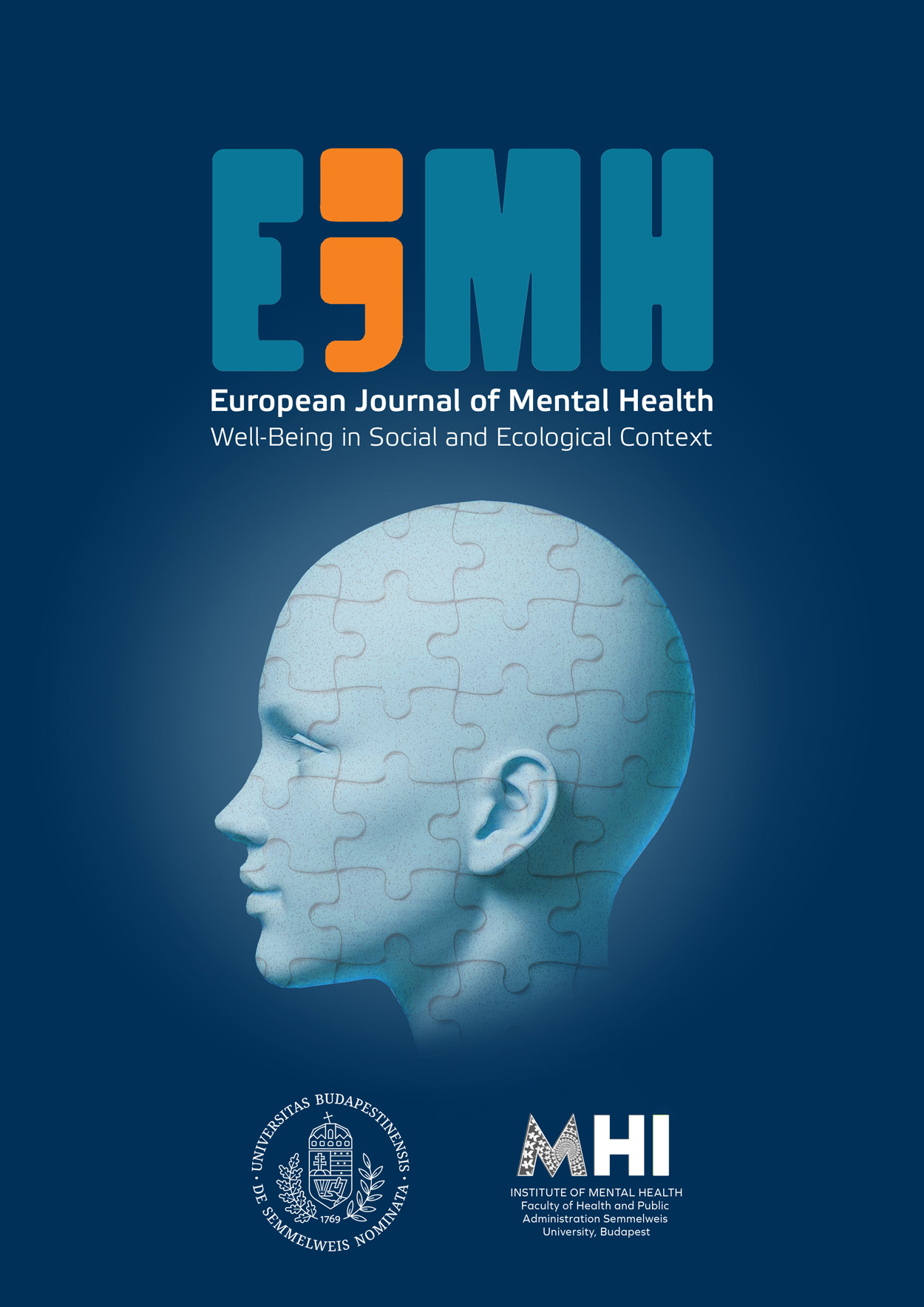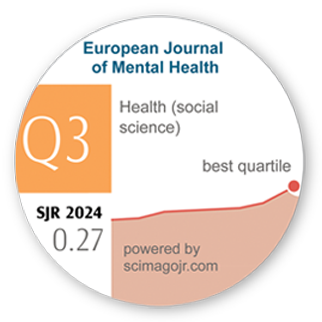Health Capital in the ‘Cis-Elbanian’ vs. ‘Trans-Elbanian’ Grand Regions: Frame Disputes about Framing Ambiguities and Misframings
DOI:
https://doi.org/10.1556/EJMH.4.2009.1.1Keywords:
Health Capital, salutogenesis, frame analysis, regional study, national culture, organisational culture, control variableAbstract
The present study forms an operational variation of the task undertaken in the outlook paragraph of the authors’ earlier article to study with the help of the Sense of Coherence (SOC) as a group property, the health and general well-being of the Hungarian national community (in an international comparison). With Hungary being the only Eastern Central European (‘Trans-Elbanian’) country joining the EU-project with the title Corporate Culture and Regional Embeddednes (CURE), we Hungarians tried to help achieve this goal by making the following proposal to the researchers of the five Western-European (‘Cis-Elbanian’) countries partaking in the project: the drastically different Health Capital level of the Grand Regions situated on the two sides of the Elbe–Leitha boundary (‘centrum versus semi-periphery’) should be inserted as a control variable into the original research model of the project, which has propounded the hypothesis that the interaction between the organisational culture of the corporations operating in the sample region of the individual countries and the national culture of the respective regions has had an impact on the development of the region. We have presumed that this enormous difference between the Health Capital levels can bring to light the true underlying historical-social-economical impact factors which appear to be ‘cultural’ when approached for the first time. The leadership of the project allowed the Hungarian team to check, beyond the qualitative research design of the project, with the quantitative method of the research, the model variation enriched with a Health Capital variable. The conclusive results thus gained anticipate an affirmation of the results achieved in the original qualitative variation of the project design and may serve as an example for the whole research team to also implement an internationally exact investigation of the effect of the Health Capital as a control variable of the cultural impact in a possible follow up. The present study displays the first, pilot study results of this research undertaking, to be implemented in our country within the frame of the CURE project, and to be transferred into the international comparison if it proves successful. These preliminary results illustrate the interdependency of the cultural dimensions and the Health Capital apprehended in a salutogenic cross section.






